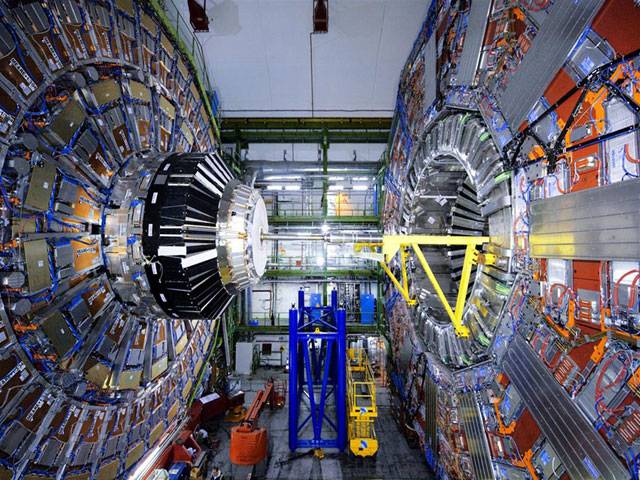GENEVA - One of the Large Hadron Collider’s huge experiments has been given what’s described as a “heart transplant”.
Officials said the replacement of a key component inside the CMS experiment represented the first major upgrade to the LHC - the world’s biggest machine.
Engineers have been carefully installing the new “pixel tracker” in CMS in a complex and delicate procedure on Thursday 100m underground.
It should boost the hunt for signs of new physics phenomena.
The LHC is a particle accelerator that pushes two particle beams to near the speed of light and smashes them together so that scientists can look for signs of new physics phenomena in the debris - including new sub-atomic particles.
More than 1,200 “dipole” magnets steer the beam around a 27km-long circular tunnel under the French-Swiss border. At certain points around the ring, the beams cross, allowing collisions to take place. Large experiments like CMS and Atlas then record the outcomes of these encounters, generating more than 10 million gigabytes of data every year.
The CMS (Compact Muon Solenoid) pixel tracker is designed to disentangle and reconstruct the paths of particles emerging from the collision wreckage.
“It’s like substituting a 66 megapixel camera with a 124 megapixel camera,” Austin Ball, technical co-ordinator for the CMS experiment, told BBC News.
In simple terms, the pixel detector takes images of particles which are superimposed on top of one another, and then need to be separated.
As the LHC’s performance has been boosted in the past few years, “rather than having 25 or 30 protons collide with each other, yielding 25 or 30 superimposed pictures, we’re now expecting to have to deal with 50 or 60 superimposed pictures”, said Mr Ball.






